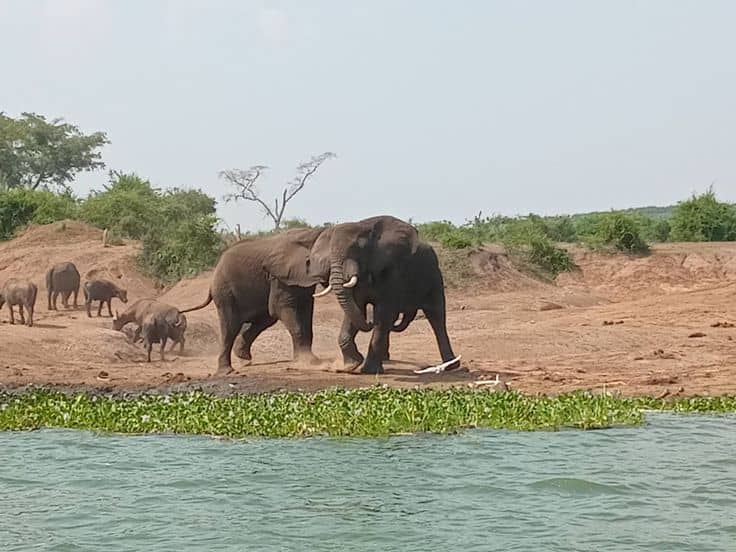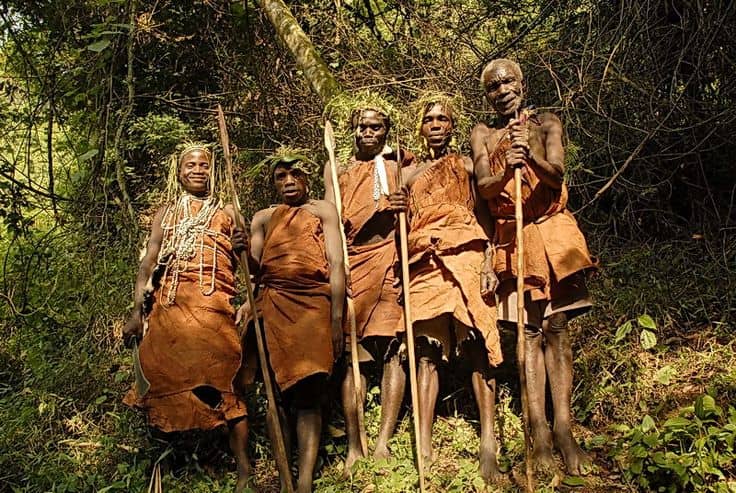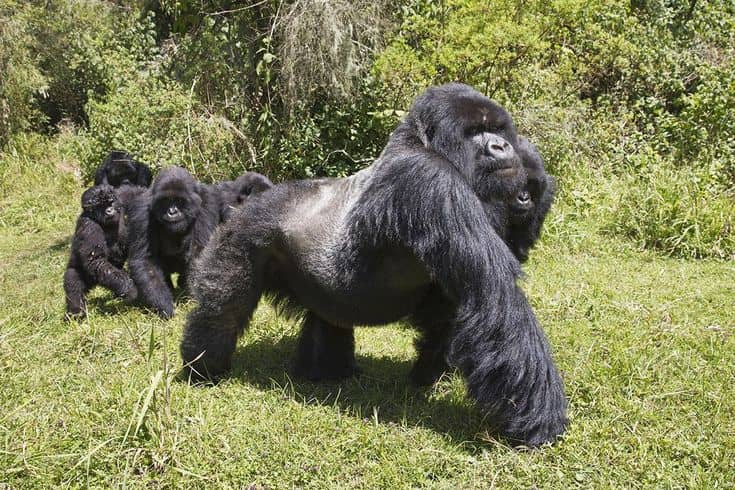Common Misconceptions About Gorilla Trekking
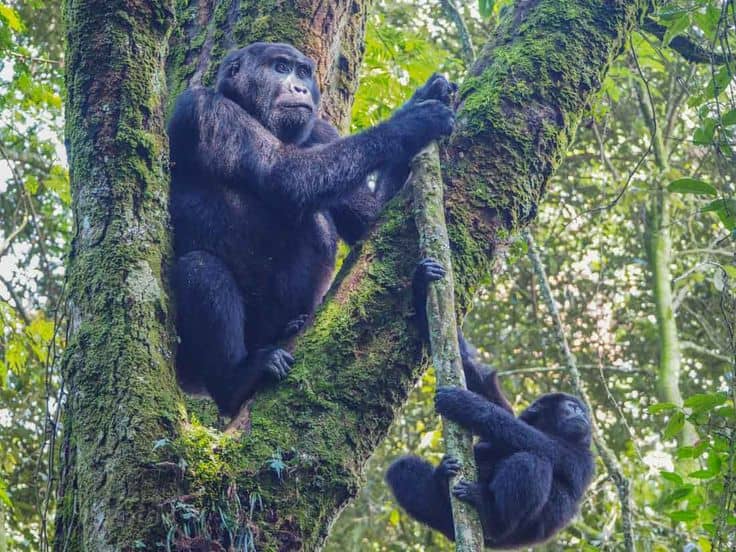
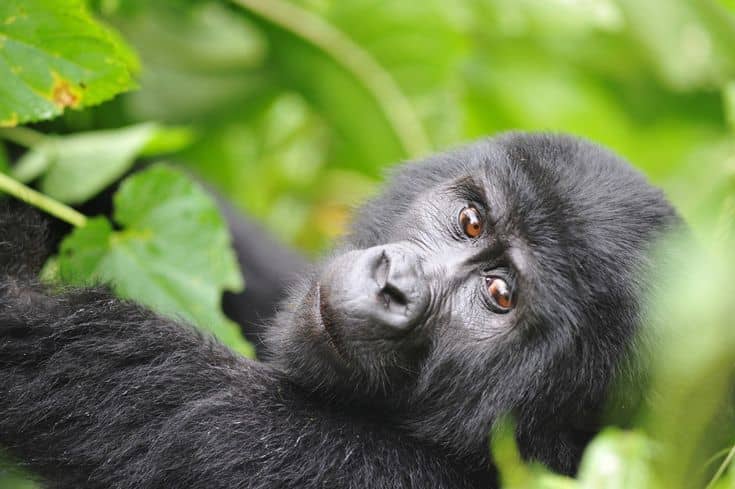
Gorilla trekking in Uganda ranks among the world’s most extraordinary wildlife experiences, yet many potential visitors hesitate due to misinformation. In this eye-opening guide, we’ll debunk the most Common Misconceptions About Gorilla Trekking that prevent travelers from embarking on this life-changing adventure.
As seasoned Uganda safari specialists, we encounter these Common Misconceptions About Gorilla Trekking daily. From exaggerated physical demands to misplaced safety concerns, let’s set the record straight so you can confidently plan your encounter with mountain gorillas in their natural habitat.
Misconception #1: “Gorilla Trekking is Extremely Dangerous”
Reality: Gorilla trekking is one of Africa’s safest wildlife activities when following guidelines.
-
Trained guides accompany every group
-
Habituated gorillas are accustomed to humans
-
Strict rules maintain 7-meter distance
-
Armed rangers protect against other wildlife
Fact: There has never been a serious gorilla attack on tourists in Uganda’s history of regulated trekking.
Misconception #2: “You Need to Be an Athlete to Complete the Trek”
Reality: While physically demanding, most healthy individuals can manage gorilla trekking.
What Actually Matters:
-
Average trek duration: 2-6 hours roundtrip
-
Age range of our trekkers: 12 to 75 years
-
Pace adjustments: Guides accommodate all fitness levels
-
Porter services available to carry bags ($15-$20)
Pro Tip: Choose Mgahinga for easier treks or request nearer gorilla families in Bwindi.
Misconception #3: “Gorilla Permits Are Impossible to Get”
Reality: Permits are readily available with proper planning.
Permit Facts:
-
Uganda issues more permits than Rwanda
-
Booking window: 6-12 months recommended (not years)
-
Last-minute permits sometimes available in low season
-
Our success rate: 97% for client permit requests
Solution: Work with a reputable tour operator for guaranteed permit access.
Misconception #4: “You’ll Definitely Get Sick in the Jungle”
Reality: Modern tourism infrastructure minimizes health risks.
Health Precautions:
-
No yellow fever outbreaks in trekking areas
-
Malaria prophylaxis highly effective
-
Bottled water available everywhere
-
Quality lodges maintain Western hygiene standards
Our Clients’ Experience: Less than 5% report minor stomach issues, easily managed with travel medications.
Misconception #5: “Gorilla Trekking Harms the Animals”
Reality: Responsible trekking helps conservation efforts.
Positive Impacts:
-
Permit fees fund anti-poaching patrols
-
Tourism presence deters illegal activities
-
Community benefits reduce habitat encroachment
-
Population growth: Uganda’s gorillas increased from 300 to 500 since 1980s
Ethical Practice: Limited to 1 hour with gorillas per group, 8 visitors max per family.
Misconception #6: “It’s Always Raining in Gorilla Habitat”
Reality: Bwindi has distinct dry seasons perfect for trekking.
Weather Truths:
-
Best months: June-August & December-February
-
Rainy season perks: Fewer tourists, lush vegetation
-
Forest canopy provides natural shelter
-
Proper gear makes any weather manageable
Packing Tip: Quality rain jacket and waterproof boots handle 90% of weather challenges.
Misconception #7: “Any Camera Will Capture Great Gorilla Photos”
Reality: Jungle conditions demand specific photography gear.
Essential Equipment:
-
Fast lens (f/2.8 or wider) for low light
-
Zoom capability (70-200mm ideal)
-
Silent shutter mode preferred
-
Waterproof casing recommended
Photo Tip: Guides know best angles and will help position your group.
Misconception #8: “Gorilla Trekking is Too Expensive”
Reality: Value exceeds cost when considering what’s included.
Cost Breakdown:
-
$800 permit includes:
-
Park fees
-
Ranger salaries
-
Conservation funding
-
Community development
-
-
Compared to Rwanda: Uganda offers better value at $1,500 less
-
Budget options: Camping safaris from $1,200 total
Value Perspective: This is often travelers’ most memorable lifetime experience.
Misconception #9: “You Can Just Show Up and Trek”
Reality: Careful planning ensures success.
Must-Plan Elements:
-
Permits secured months ahead
-
Vaccinations (yellow fever required)
-
Travel insurance with evacuation coverage
-
Fitness preparation recommended
-
Packing list essentials
Our Service: We handle all logistics for stress-free trekking.
Misconception #10: “All Gorilla Treks Are the Same”
Reality: Experiences vary dramatically by location and preparation.
Key Differences:
| Bwindi Forest | Mgahinga Park | |
|---|---|---|
| Terrain | Steeper, denser | More open, volcanic |
| Trek Duration | 2-6 hours | 1-4 hours |
| Gorilla Families | 20+ groups | 1 habituated group |
| Altitude | 1,160-2,607m | 2,227-4,127m |
Pro Advice: Choose based on your fitness and interests.
How to Avoid These Misconceptions
-
Consult experts (like us!) before planning
-
Read recent reviews from trekkers
-
Ask detailed questions about your concerns
-
Prepare properly with right expectations
Ready for Your Actual Gorilla Trekking Experience?
Now that we’ve cleared up these Common Misconceptions About Gorilla Trekking, you’re equipped to:
Confidently book your permits
Properly prepare physically
Pack the right gear
Set accurate expectations
Fully enjoy this magical experience
Next Steps: Contact our team to start planning your Uganda gorilla adventure with facts, not fiction!

